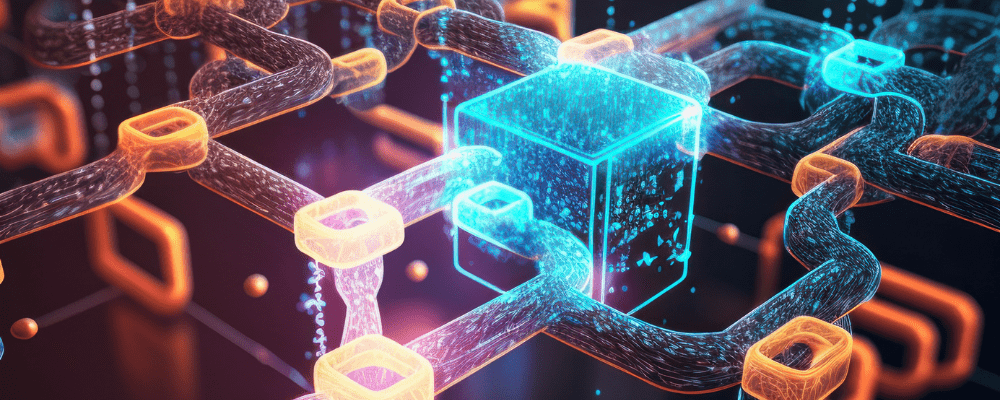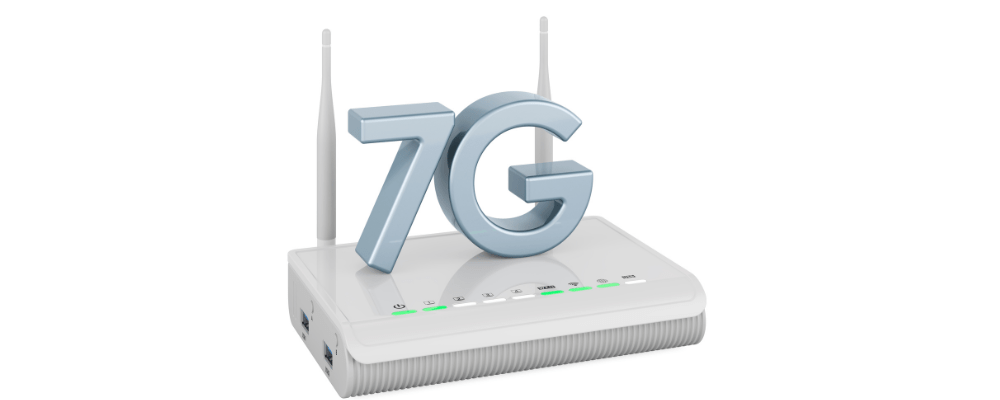In the realm of cutting-edge technology, the fusion of 7G networks and edge computing stands as a formidable force, fundamentally reshaping the landscape of remote work. This blog delves into the intricate synergy between 7G and Edge Computing, elucidating how this convergence revolutionizes how tech experts experience and optimize remote work environments.
The Power of 7G
7G: A Quantum Leap
The advent of 7G, the seventh generation of wireless networks, represents a quantum leap in connectivity. With unparalleled speeds, lower latency, and enhanced reliability, 7G sets the stage for a seamless remote work experience. This newfound connectivity eliminates conventional networks’ bottlenecks, offering tech experts a remarkable edge in their daily tasks.
Edge Computing: A Technological Marvel
The Essence of Edge Computing
Edge computing is a technological marvel in the computing world, challenging the conventional data processing and distribution paradigms. This decentralized computing approach represents a significant departure from the traditional reliance on centralized data centers. In this note, we will delve into the essence of edge computing, illuminating its core principles and how it revolutionizes the way data is handled in the digital age.
Edge computing, at its core, is a decentralized computing paradigm. It is a model that diverges from the traditional practice of processing data at distant, centralized data centers. Instead, it brings data processing closer to the source, or “the edge” of the network. This shift in data processing location is driven by the recognition of latency’s critical role in various applications, particularly in remote work.
Reducing Latency
One of the primary driving forces behind edge computing is the imperative to reduce latency. In this context, latency refers to the delay between when data is generated or requested and when it is processed and a response is received. Even the slightest hesitation can have significant consequences in applications where real-time responsiveness is paramount, such as video conferencing, remote monitoring, or autonomous systems.
Edge computing addresses this challenge by processing data locally, at the “edge” of the network, close to where it is generated. This proximity substantially reduces the time it takes for data to travel to a distant data center and back, resulting in near-instantaneous data processing. The significance of reduced latency in remote work cannot be overstated. It enables seamless video conferencing, instant data analysis, and efficient communication, enhancing the productivity of tech experts working remotely.
Real-Time Data Analysis
Another key aspect of edge computing is its capacity to enable real-time data analysis. By processing data closer to its source, edge devices can rapidly analyze and respond to data without requiring round trips to centralized data centers. This real-time capability has far-reaching implications, particularly for tech experts engaged in tasks that rely on immediate insights and decision-making.
For instance, edge computing allows for on-the-fly data analysis in remote work scenarios where data from sensors, cameras, or other IoT devices is crucial. This empowers tech experts to make informed decisions in real-time, whether it involves monitoring remote equipment, optimizing network performance, or ensuring system security. Analyzing data in real time is a game-changer, as it enhances situational awareness, problem-solving, and overall operational efficiency.
Enhanced Performance
The sum of reduced latency and real-time data analysis is an overall enhancement in performance. Edge computing ensures that tasks can be executed more swiftly and efficiently. This, in turn, translates into a profound transformation in remote work capabilities.
Tech experts working remotely benefit from this enhanced performance in various ways. They can collaborate seamlessly, as communication tools and applications respond promptly. IoT devices operate with minimal lag, facilitating real-time monitoring and control. Complex data analytics tasks become manageable, even in resource-constrained environments. All these elements contribute to an improved remote work experience, where tech experts can operate efficiently without delays or performance bottlenecks.
Edge computing, focusing on reducing latency, enabling real-time data analysis, and enhancing overall performance, emerges as a technological marvel that significantly transforms the remote work landscape. The shift from centralized data processing to the edge of the network marks a pivotal evolution in how we harness technology. Tech experts, leveraging edge computing, find themselves at the forefront of an era where data is processed swiftly, and remote work capabilities are optimized for unprecedented productivity and efficiency.



